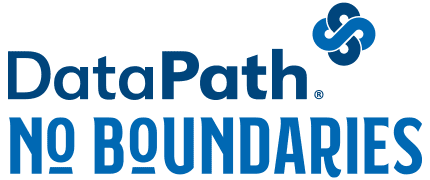The Health Savings Account (HSA) landscape is about to experience its most significant expansion in decades.
H.R. 1 (119th Congress), Pub. Law 119‑21 (also known as the One Big Beautiful Bill Act (OBBBA)), signed into law on July 4, 2025, automatically treats all Bronze and Catastrophic level health plans available on ACA exchanges as HSA-qualified high-deductible health plans (HDHPs) for plan years beginning after December 31, 2025.
It is important to note that the provision only applies to individual healthcare coverage; purchases on Small Business Health Options Program (SHOP) or small and medium sized business (SMB) exchanges are not covered.
The HSA expansion opens the doors for millions of people to gain access to the consumer-directed health accounts and creates a significant opportunity for benefits professionals.
A Market Transformation in Motion
Over 24 million consumers selected ACA marketplace coverage for 2025, representing unprecedented growth in the individual insurance market. Current data shows that Bronze plans typically account for approximately 25-30% of all marketplace selections, while Catastrophic plans serve younger adults and those facing affordability challenges.
Under current law, the vast majority of Bronze and Catastrophic plans are not HSA compatible. That means individuals enrolled in these plans cannot establish or contribute to Health Savings Accounts. Through the end of 2025, Catastrophic plans cannot be HSA-qualified high-deductible health plans – despite their high deductibles – because they pay for some non-preventive services before the deductible and because their out-of-pocket maximum is too high.
This restriction has created a significant gap in the HSA-eligible population, with a disproportionate impact on cost-conscious consumers who choose lower-premium plans but still want the tax advantages of HSA participation.
The Numbers Tell the Story – The HSA Market is Primed for Growth
This legislative change represents a seismic shift that will dramatically expand access to HSAs for Americans who have been locked out.
For the 2025 plan year, 30.1% of ACA enrollees – more than 7.3 million individuals – chose either a Bronze or Catastrophic plan. Based on those enrollment patterns, the expansion could potentially add 6-8 million newly HSA-eligible individuals, or between 2.4 to 3.2 million newly eligible households (given the current U.S. average household size of 2.55 people).
If these newly eligible households contribute at even modest levels – say, an average of $2,500 annually – 3.2 million households could generate $8 billion in new HSA contributions when the market matures.
Implications for Benefits Professionals
For benefits professionals, this expansion represents both an opportunity and a challenge.
The opportunity lies in serving a dramatically enlarged HSA-eligible population with innovative products and services. The challenge, however, involves educating consumers about HSA benefits while helping them navigate the intersection of ACA marketplace coverage and HSA eligibility.
Benefits administrators and brokers now have an extraordinary opportunity to serve previously underserved market segments. The change is particularly significant because HSAs don’t require earned income and can reduce Modified Adjusted Gross Income (MAGI), which is useful for avoiding ACA premium subsidy cliffs. Educating this new batch of healthcare consumers is paramount to their success and satisfaction with an HSA.
For group health insurance brokers, this development opens up new conversations with cost-conscious employers. For example, offering employees an ICHRA plan coupled with an HSA for enrollment in compatible Exchange plans may now be appealing to employers that previously nixed that option due to the HSA-incompatibility of Bronze-level plans. Having additional flexibility in plan options can be a boon to recruitment and retention efforts.
Financial services executives should prepare for a significant influx of new HSA-eligible consumers. The demographic groups most likely to benefit from this change includes:
- Younger adults who typically select Catastrophic plans;
- Cost-conscious families choosing Bronze coverage; and
- Individuals transitioning between employer-sponsored coverage who need bridge insurance.
Institutions should consider focusing their deposit acquisition efforts around this new market segment who could be looking for a banking partner.
Positioning for Success
How can benefits professionals set themselves up for success?
The consumers who will benefit most from these changes are likely to be highly engaged and cost-conscious. It is precisely the demographic that values the long-term financial benefits HSAs provide.
As we approach the 2026 implementation date, being proactive is key. Forward-thinking benefits administrators, brokers, and financial services executives should begin developing strategies to capitalize on this historic expansion of HSA access. Organizations that move quickly to develop compliant systems, educational resources, and customer acquisition strategies will be best positioned to capture market share as millions of Americans gain access to these powerful tax-advantaged savings vehicles for the first time.

Sherry Lawton is the Chief Growth Officer at DataPath, Inc. and has two decades of expertise in HSA banking and consumer-directed healthcare. Sherry drives strategic growth initiatives, builds client and consumer growth strategies, and collaborates with financial institutions to expand HSA business.


